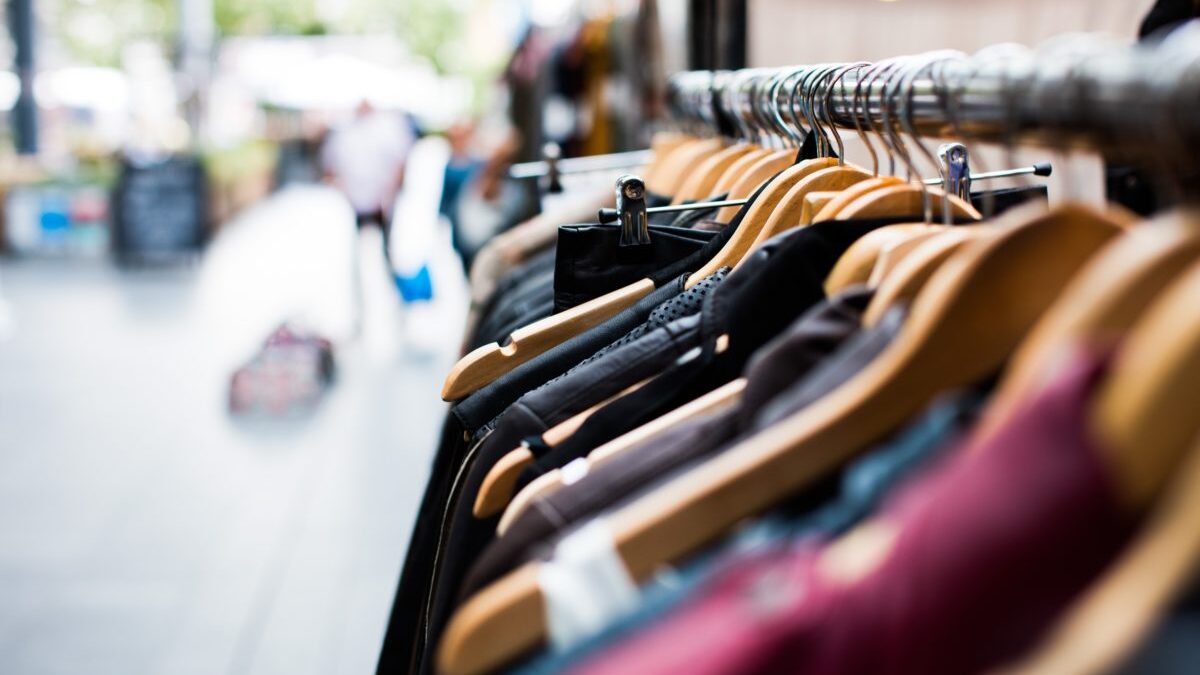The retail industry is quickly transforming after store closings reached record levels in 2017. The online marketplace has changed the way consumers shop – but that doesn’t mean brick-and-mortar is dead. In fact, 91 percent of retail sales still take place in brick-and-mortar stores according Deloitte Insights. On the forefront of the digital transformation are retailer leaders that understand changing shopper behavior, driven by the appeal of shopping in both physical and online stores. They recognize that to be successful, they must break down the silos between the two.
The online marketplace has changed the way consumers shop – but that doesn’t mean brick-and-mortar is dead. Click To TweetRecently, beauty retailer Sephora has gone as far as combining the company’s in-store and digital teams. The change has helped the company further understand sales metrics and customer engagement across the channels. To further provide a more seamless experience between the physical and online stores, other retailers are also adopting digital solutions. Here are a few examples:
- Push mobile notifications with beacons
Beacons are used to transmit Bluetooth signals to nearby smartphones. The devices have been around for years, but retailers are starting to take advantage of their proximity marketing capabilities to attract shoppers and improve the customer experience. The shopper must have the retailer’s app and opt in to receive push notifications when they’re near a store. The notifications might share discounts, encourage a shopper to view the latest product, or show personalized content like rewards points. It’s a great effort towards reaching consumers that are on their mobile phones while shopping.
- View and try products with AR
Want to view a couch in your living room before you purchase it? Augmented reality (AR) can help. A wealth of homeware and furniture retailers have implemented AR components to their apps. They enable shoppers to see how items will look and fit in their homes. Beauty brands have also adopted the technology to provide shoppers with an idea of how a product or color will look on them. Fashion brands are beginning to experiment with AR try-on components as well, although clothing has proven to be more difficult to simulate than furniture.
While retailers continue to integrate digital solutions to fuse the in-store and online shopping experience, they’ll find new ways to engage with customers and further understand shopper behavior. These have become important aspects of building brand loyalty in a hyper-competitive age. As digitally native Gen Zers become substantial customers, we can expect the digital transformation in retail to become increasingly more important.
For more insights on communication and brand strategy, industry trends and more, subscribe today to the Weekly Buzz here.

